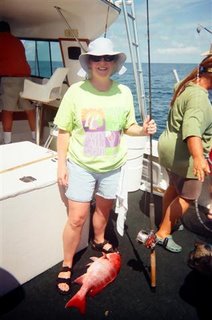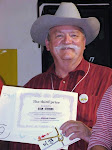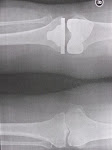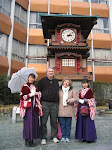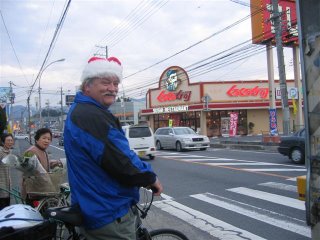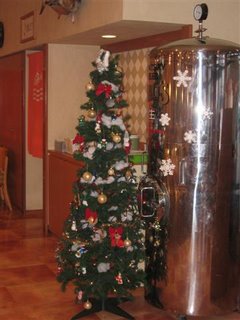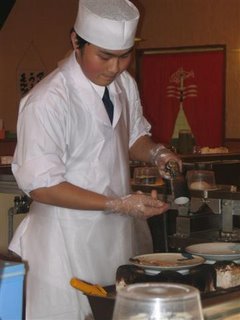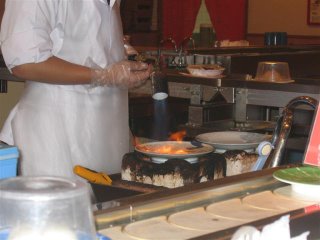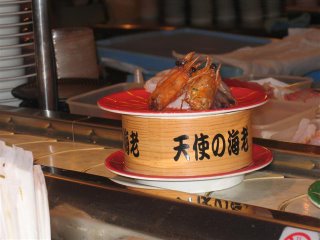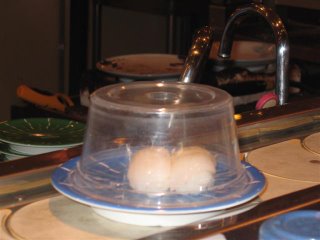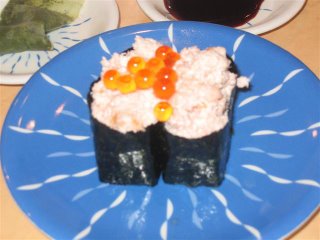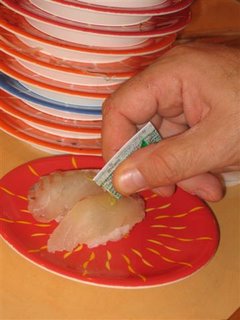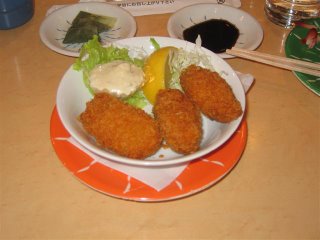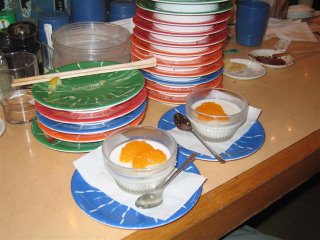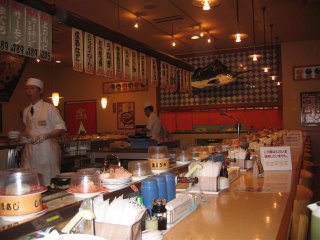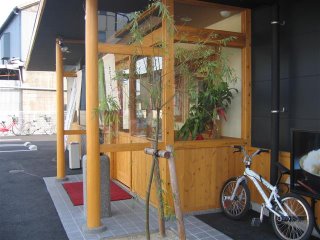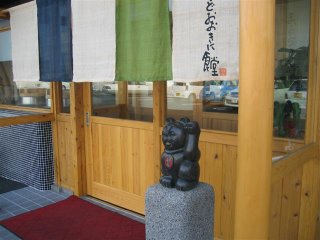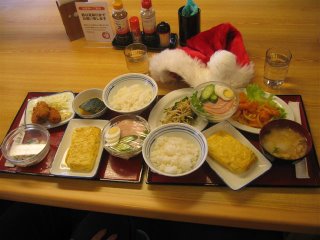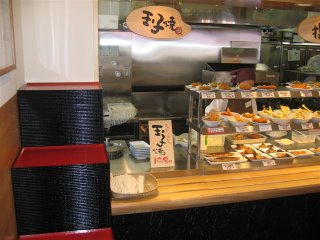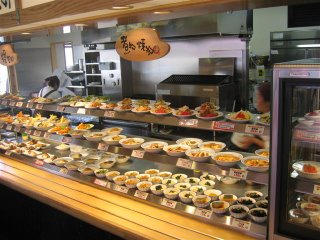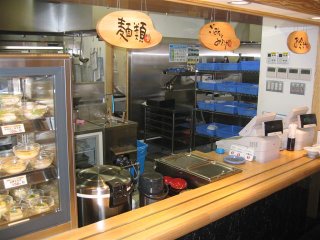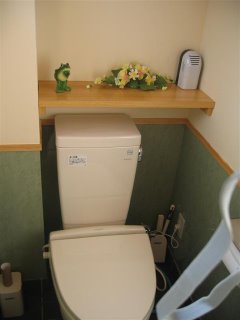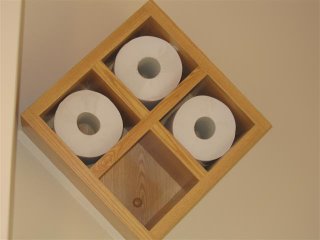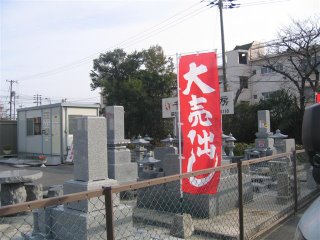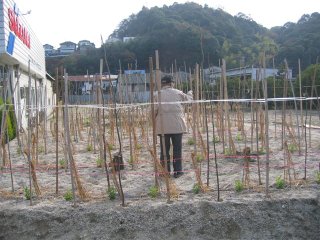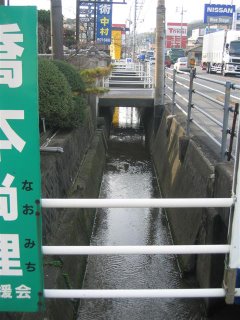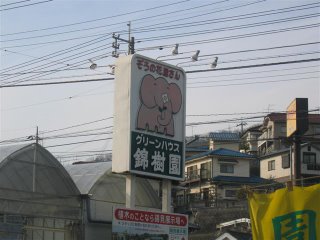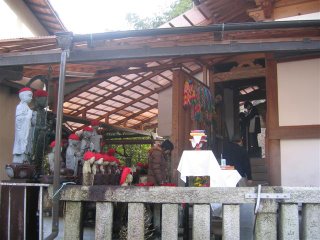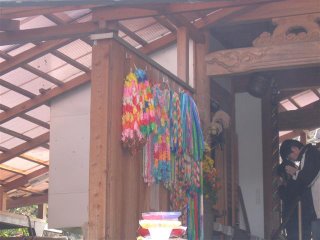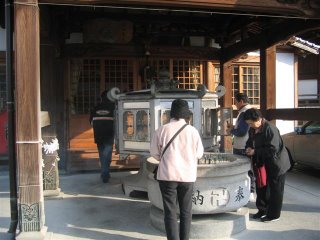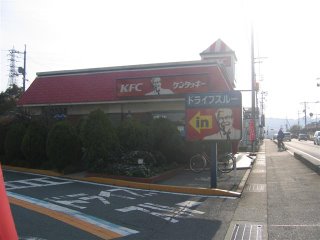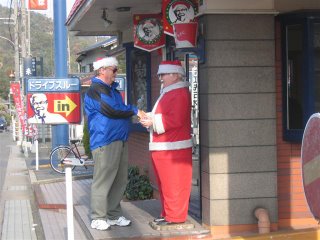This chef always smiles when I order in Japanese -- but he understands what I want, so I guess I'm doing it right!

It's difficult to see, but he's using a special tool to remove the top from small colorful raw quail eggs so he can place the raw yoke on top of some sushi rolls you see ready on the left of where he's working. Notice the entrees passing by on the conveyer between him and where we're sitting. The quail egg sushi was going onto a "to-go" tray. Look at all the fresh ingredients in the containers where he's working.
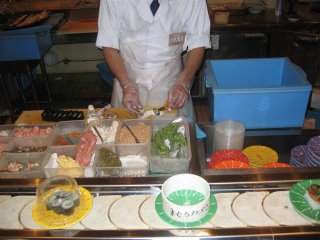
When we first arrived to eat our Christmas dinner about 4:30 PM, several chefs were busy preparing many party trays to go (like the one below), but by the time we left, the place was full of customers who were "eating in" like us. This is a very popular sushi place for Americans and Japanese alike. The green plastic "grass" divides the different kinds of sushi.
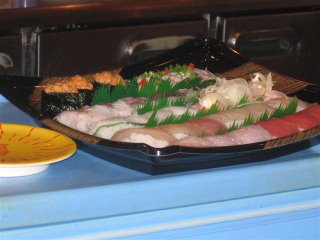
For clarification purposes (Larry was asking this morning), our understanding is that "sushi" consists of just about anything that's either laying on, tied on, rolled or wrapped around a rice ball that's been slightened sweetened & vinegared. (There is also "Iwakuni sushi" a local dish which is layered and looks like a casserole, but not served in this restaurant.) The rice balls in this restaurant are all hand-made, but some sushi restaurants use a machine. Sushi may or may not include the black seaweed wrap. If there's no rice, then the raw fish alone is called sushimi. These chefs study for years to be able to expertly prepare sushi in a restaurant & there's only one way to correctly do it. In order to expertly cut up the fish (and it's amazing to watch!), sushi chefs have trained the equivalent of a surgeon's medical school & residency! Sushi in Japan is so absolutely perfect and delicious, that there's no comparison in the US -- and -- here's the best part: it's MUCH less expensive! This is why we can make a meal of sushi at least twice a week!
